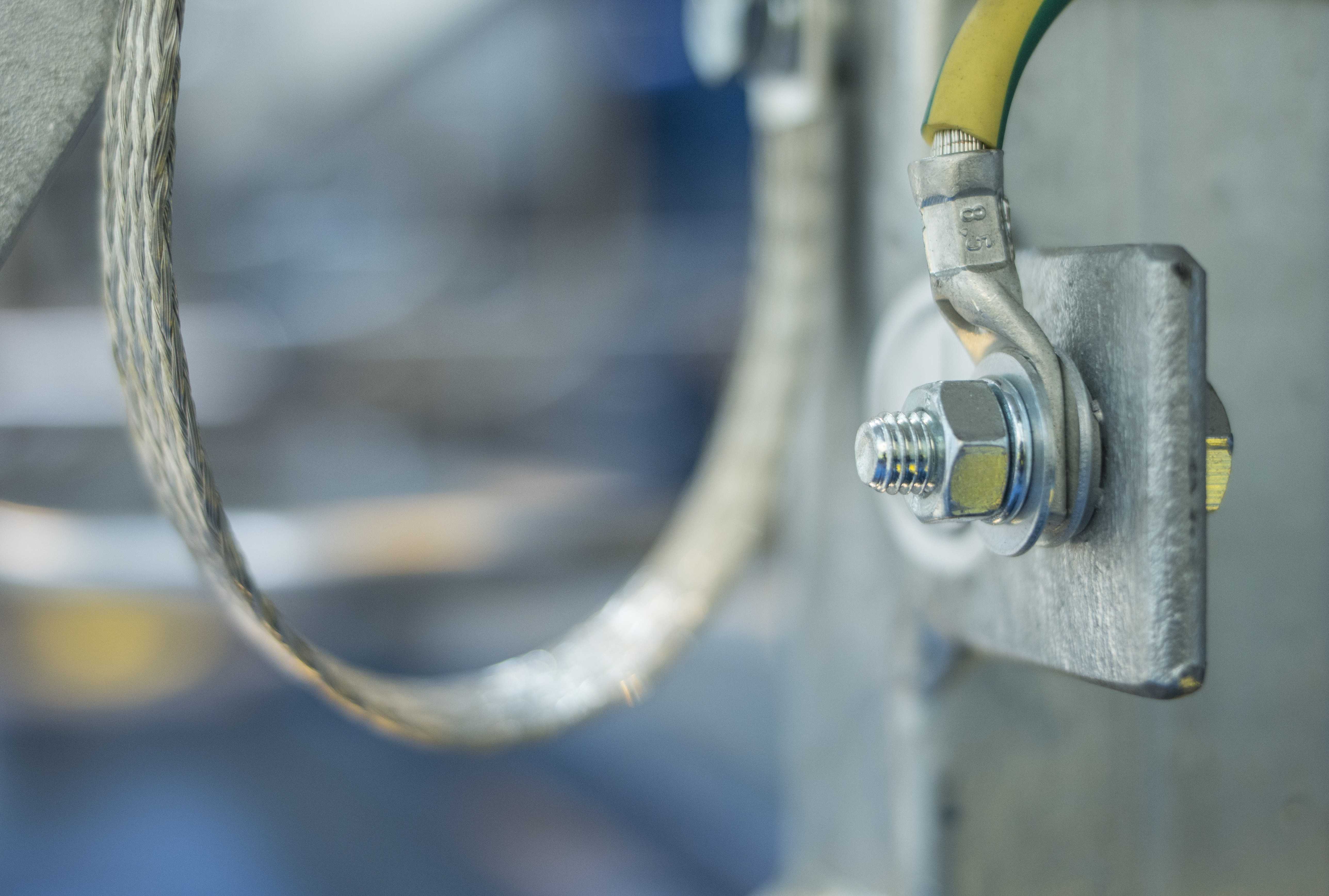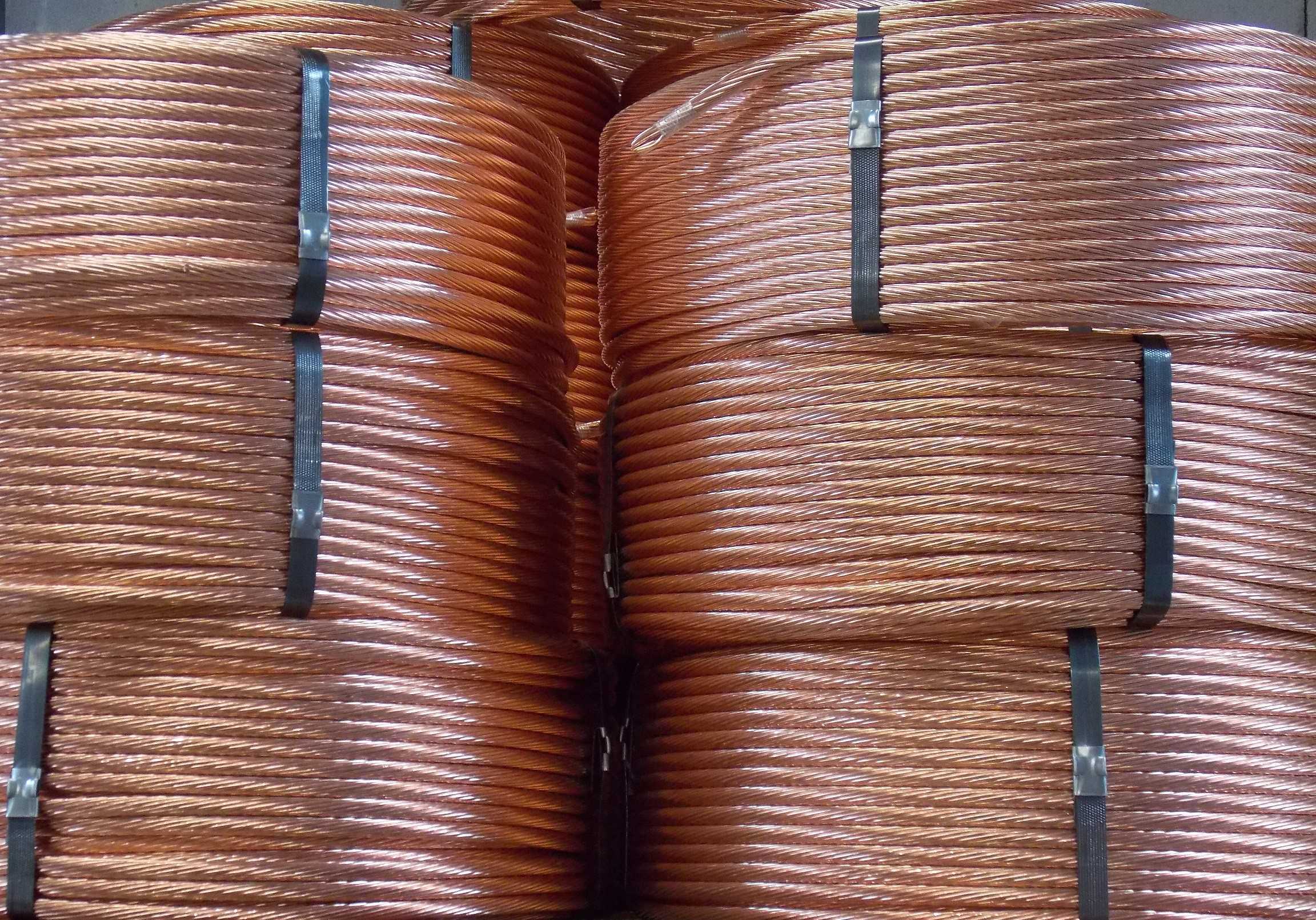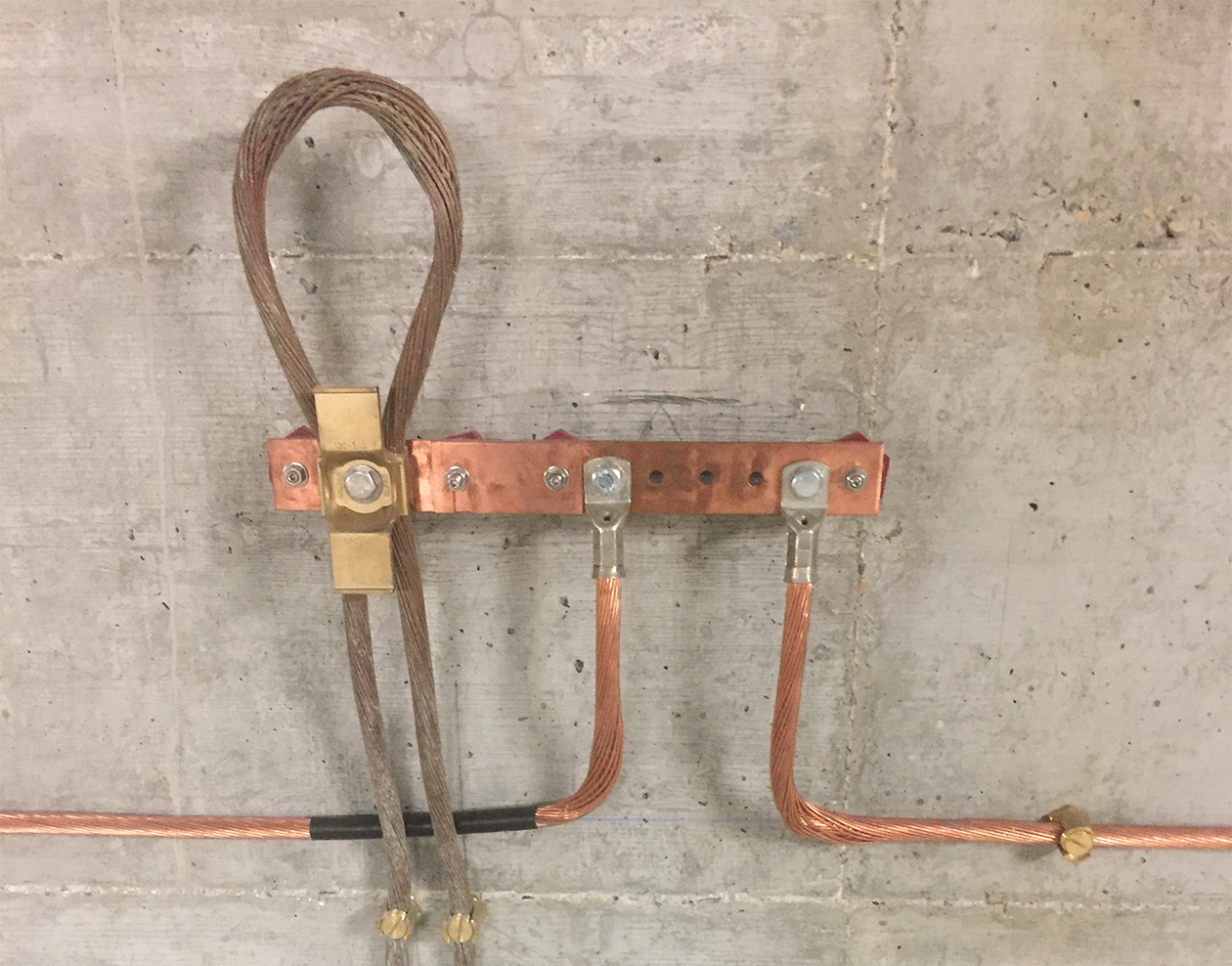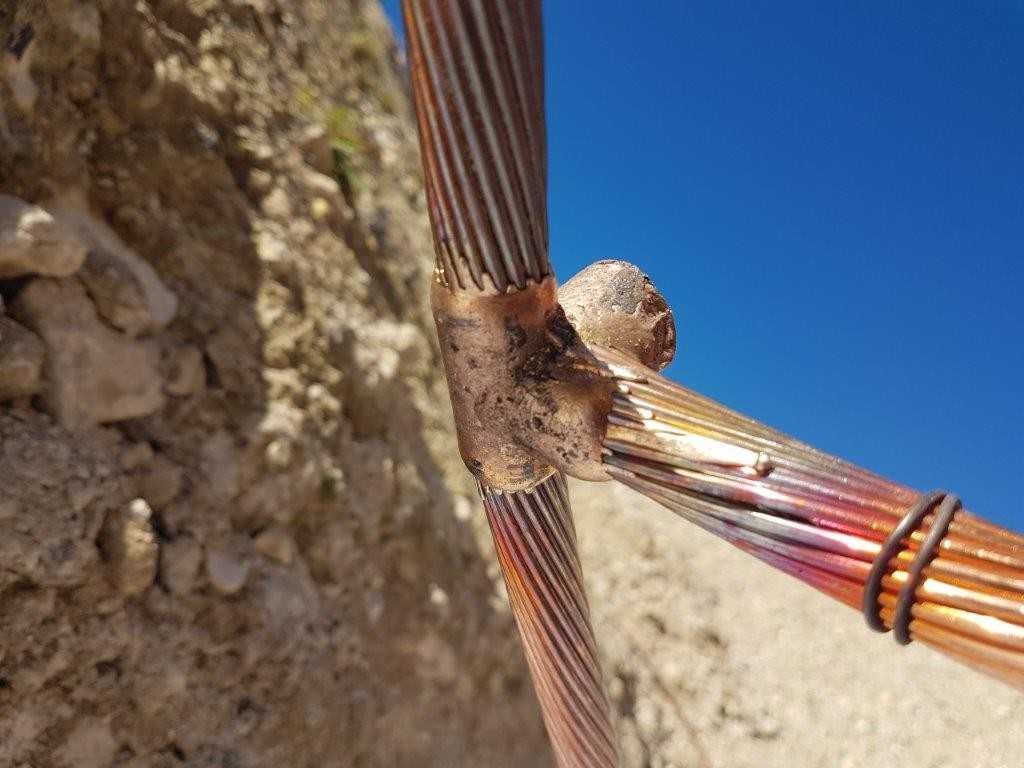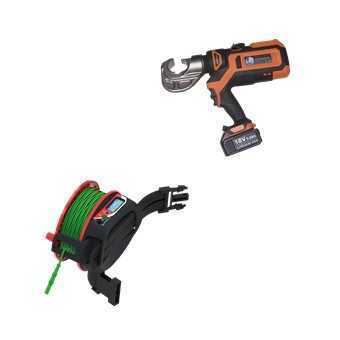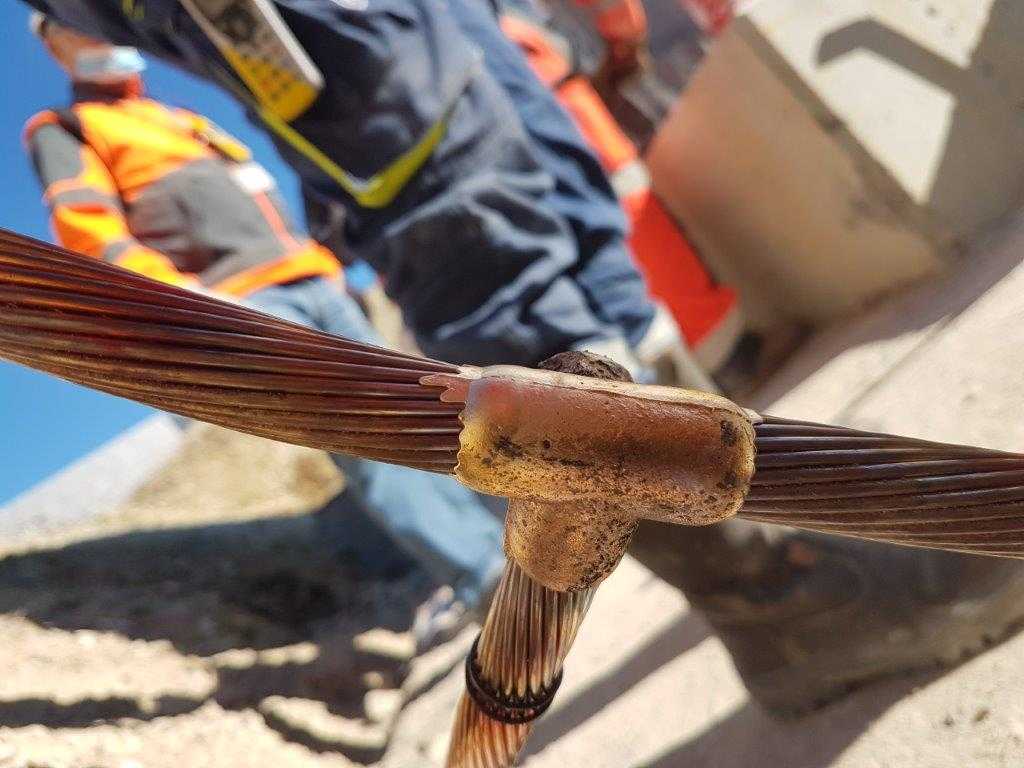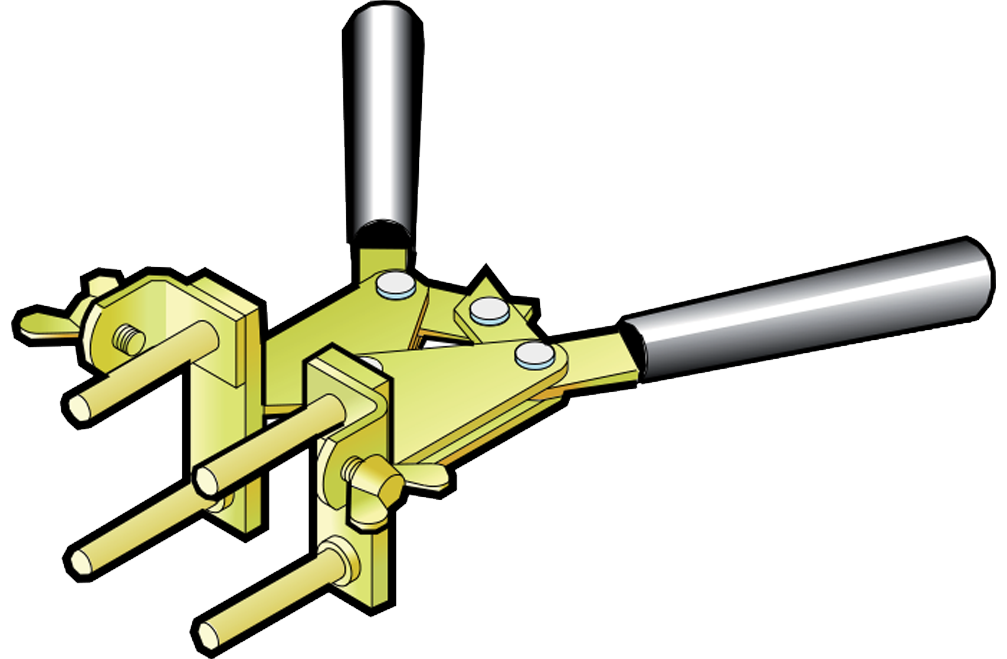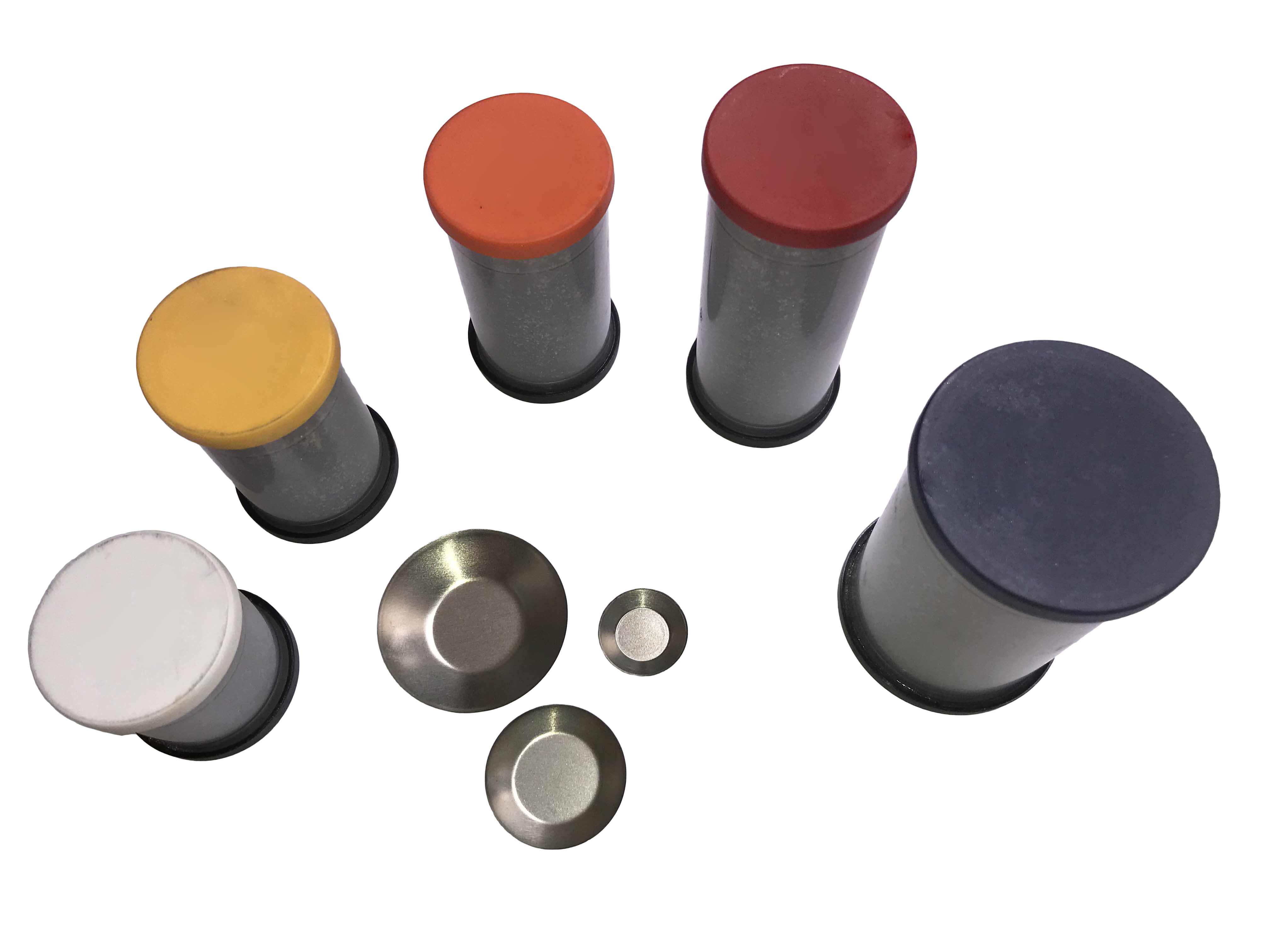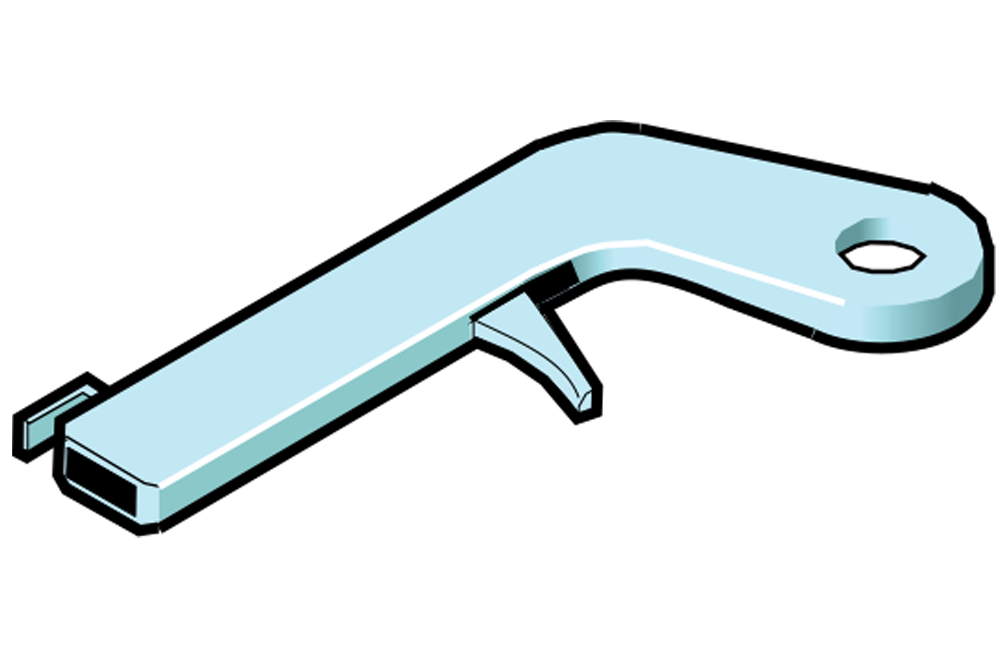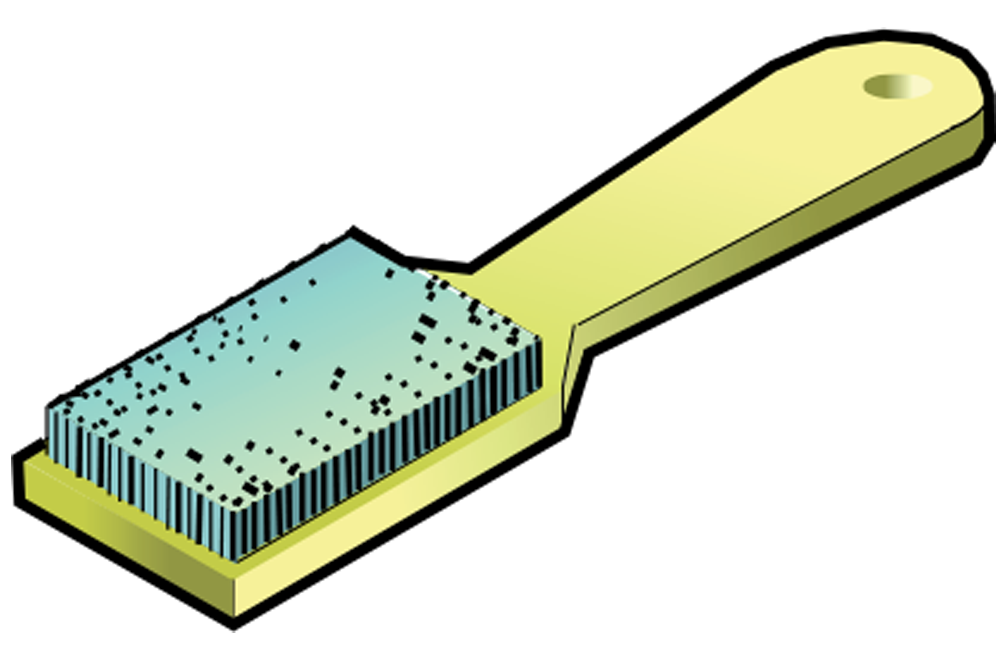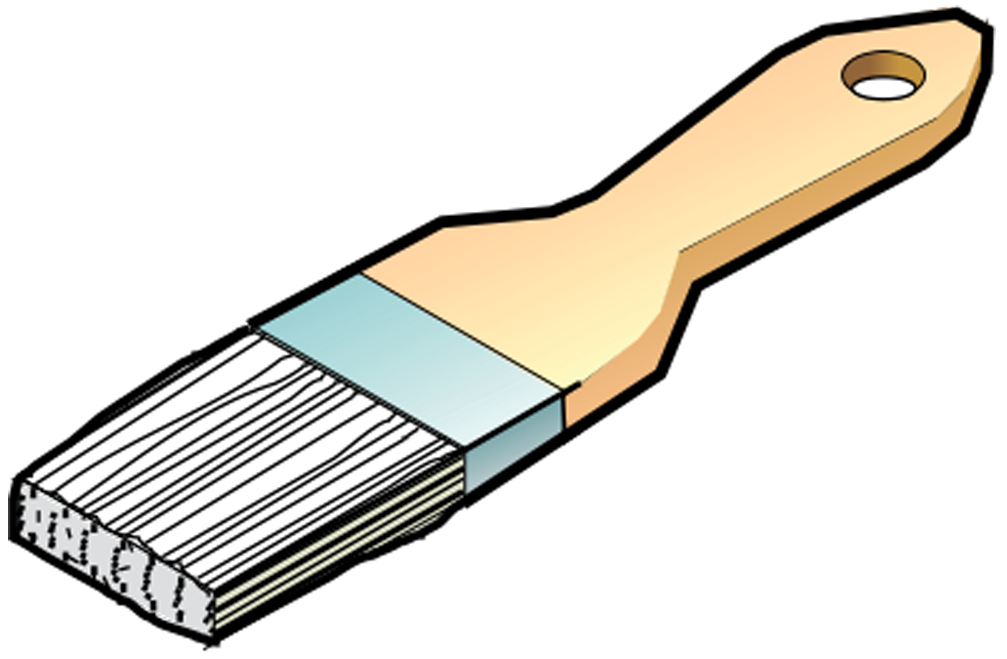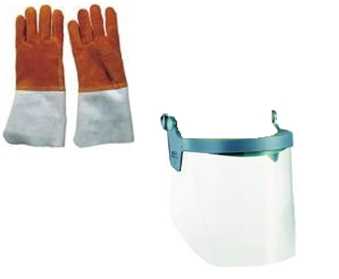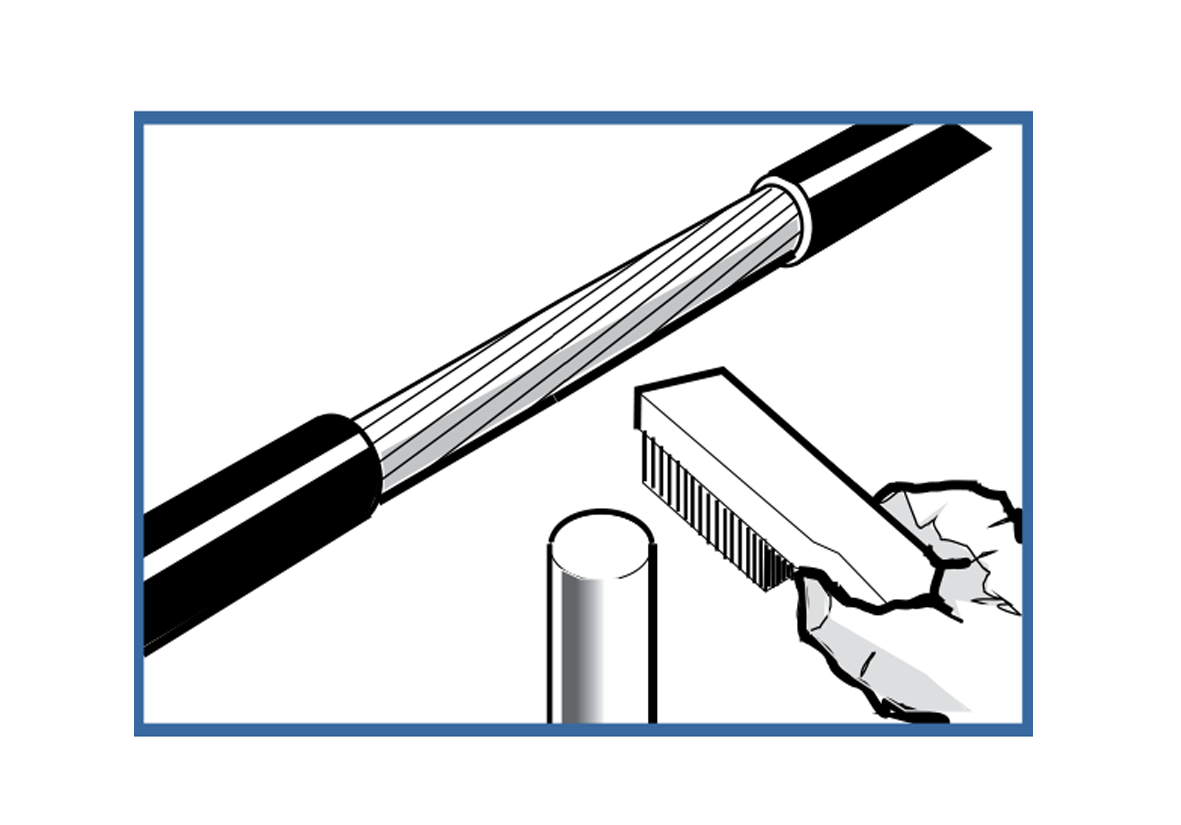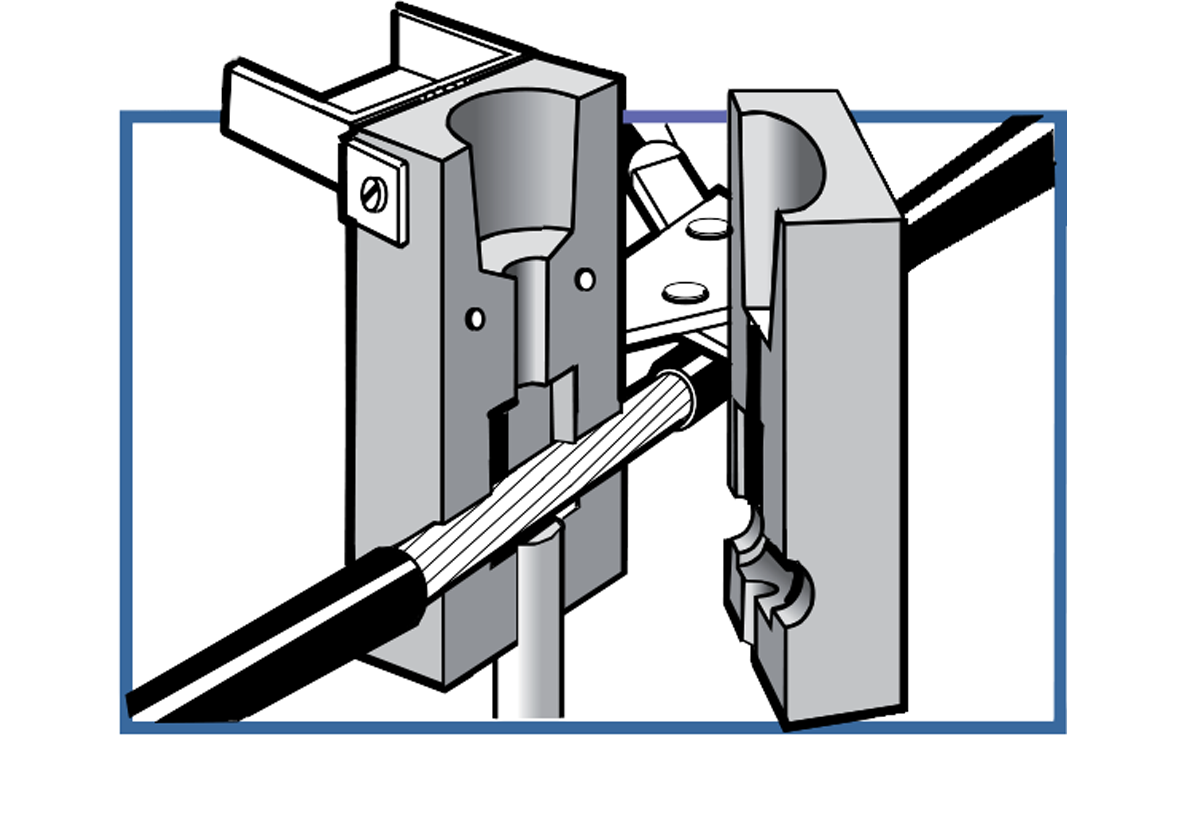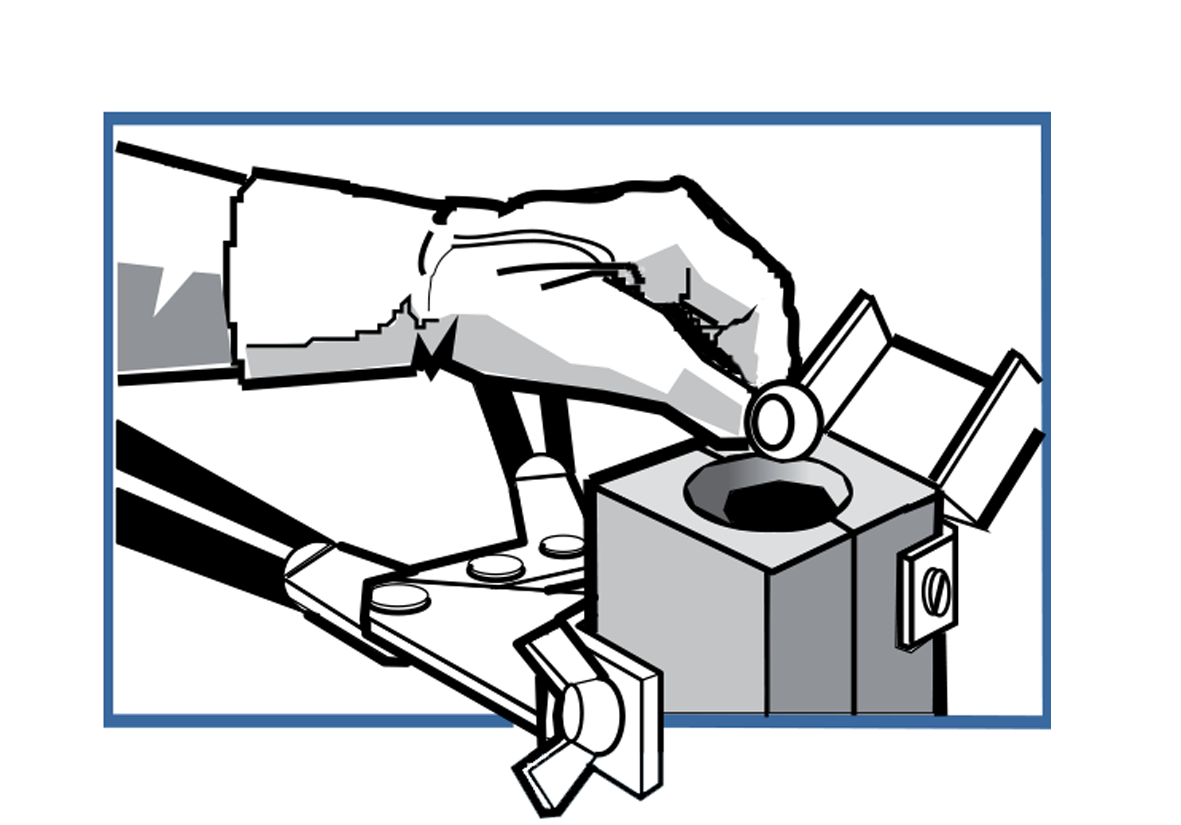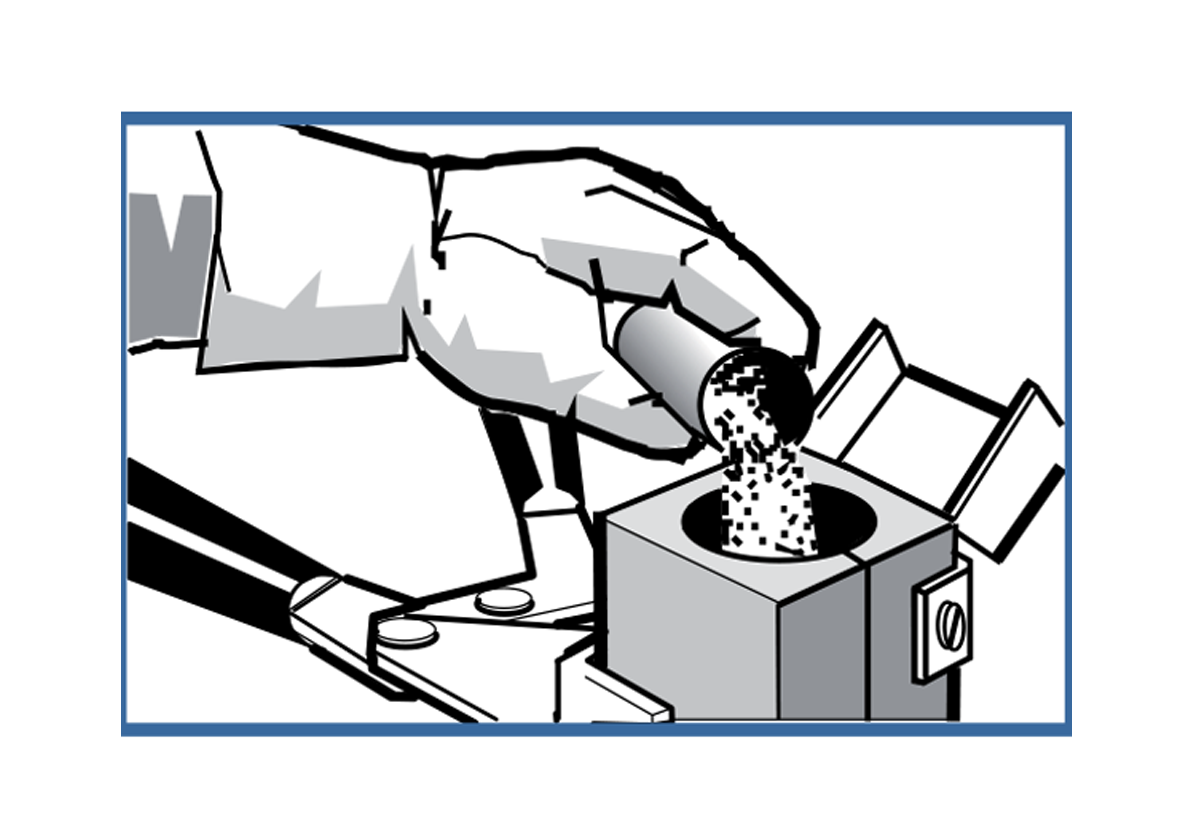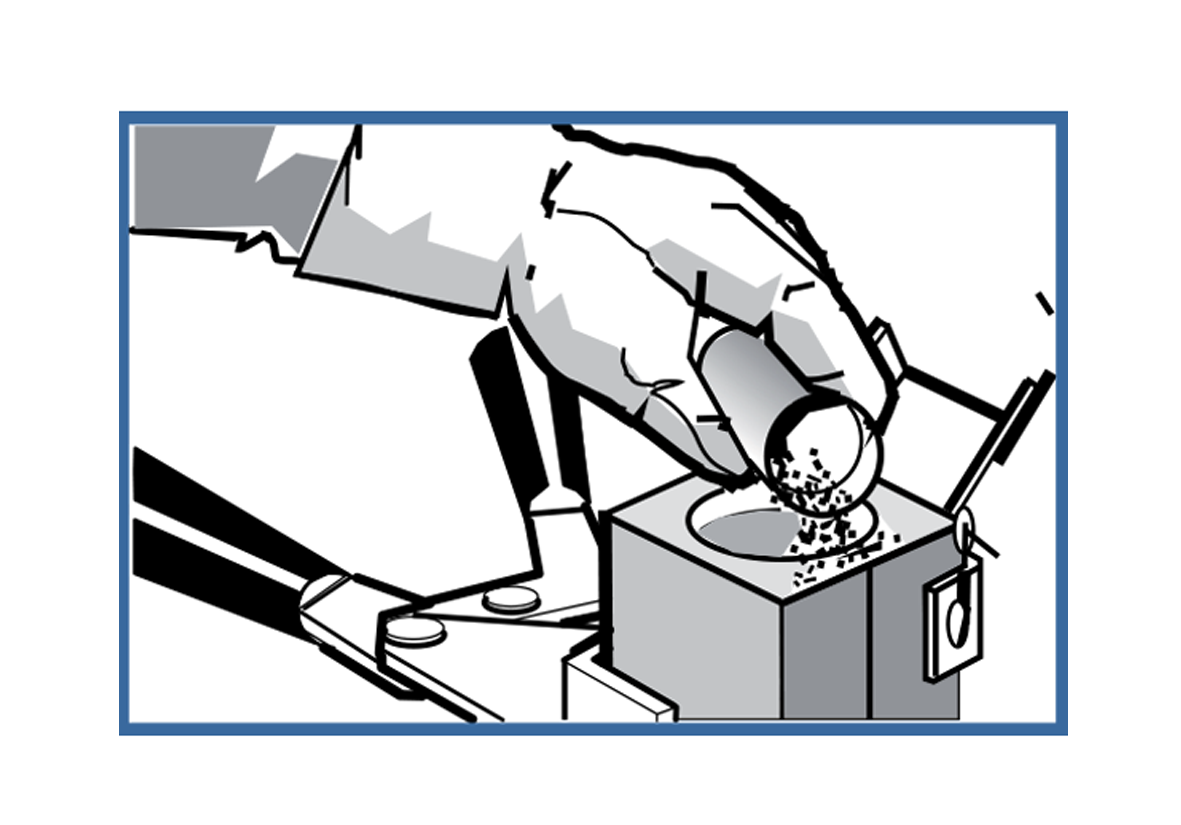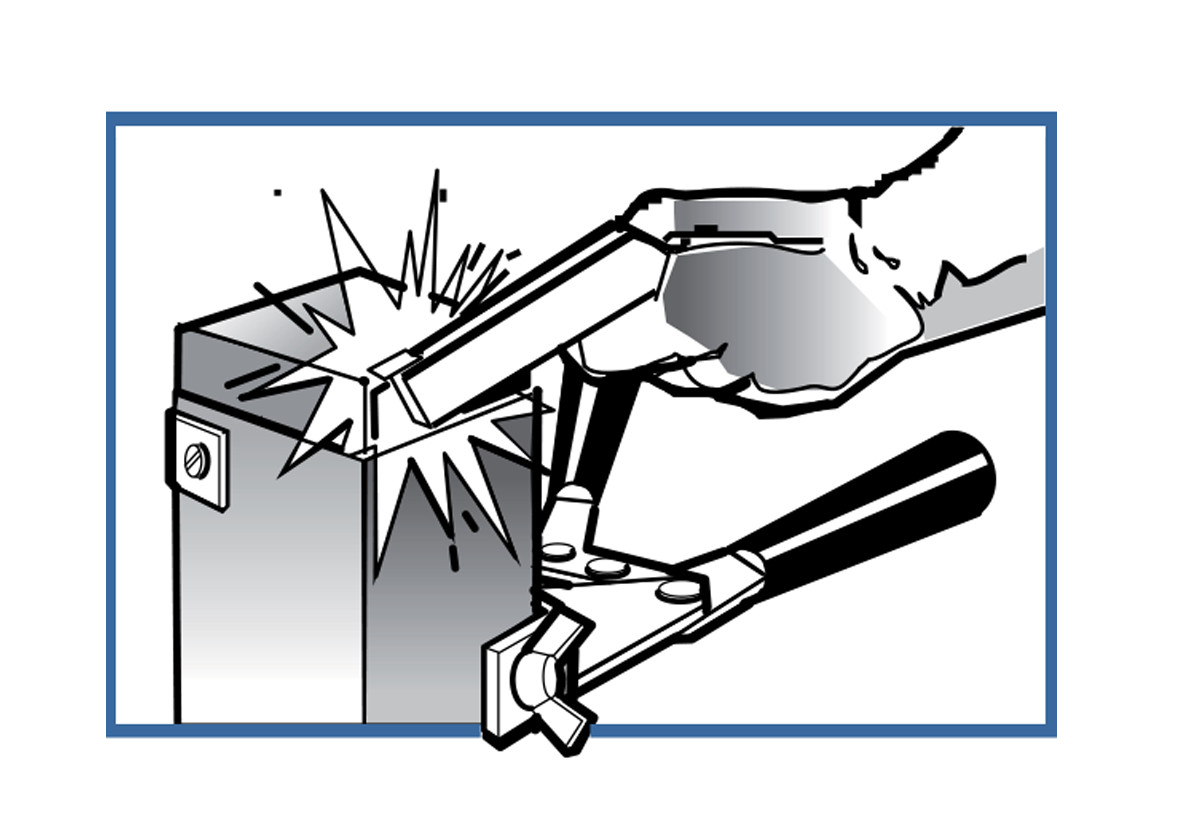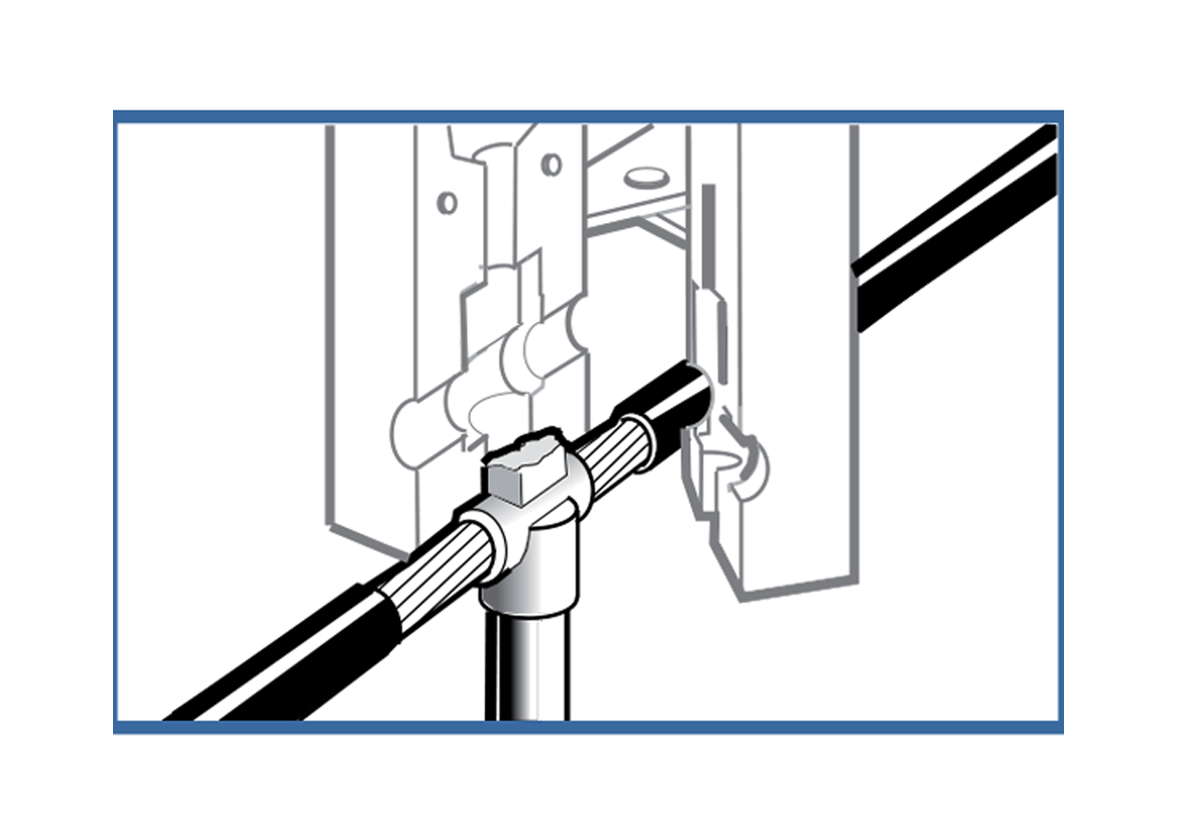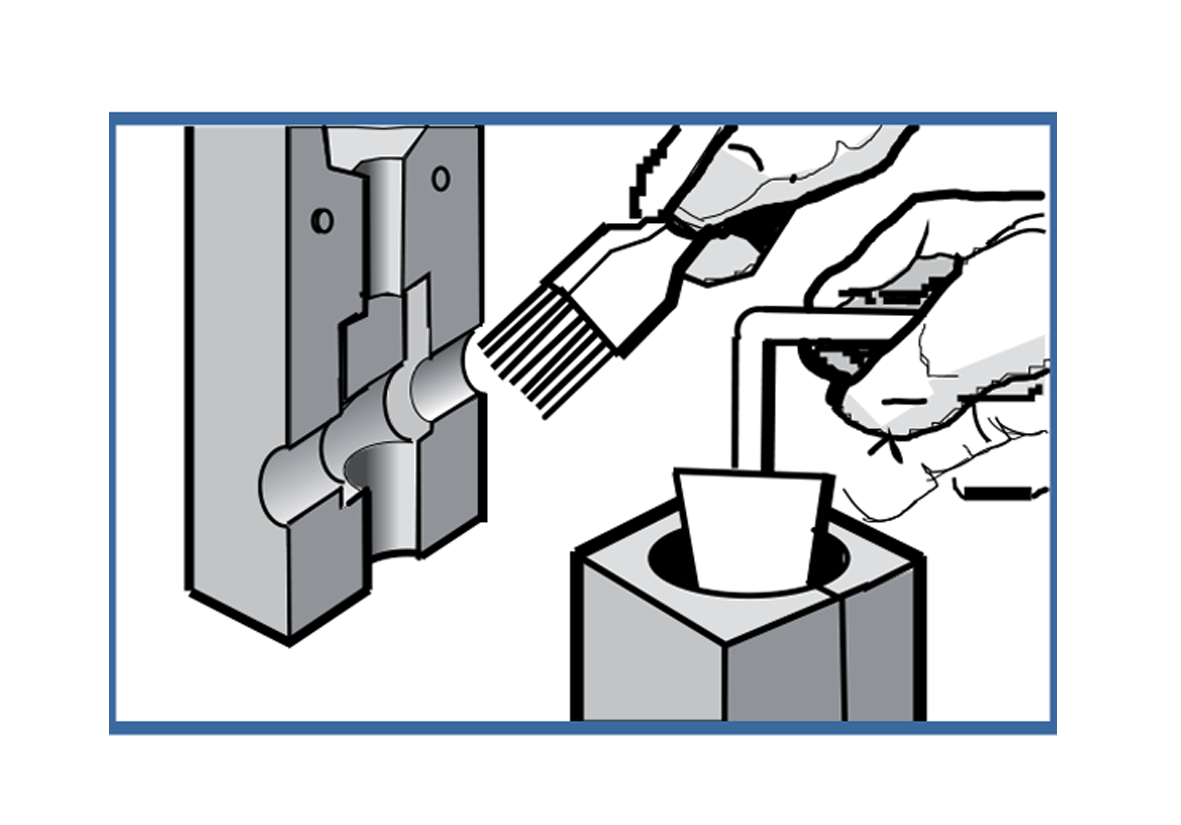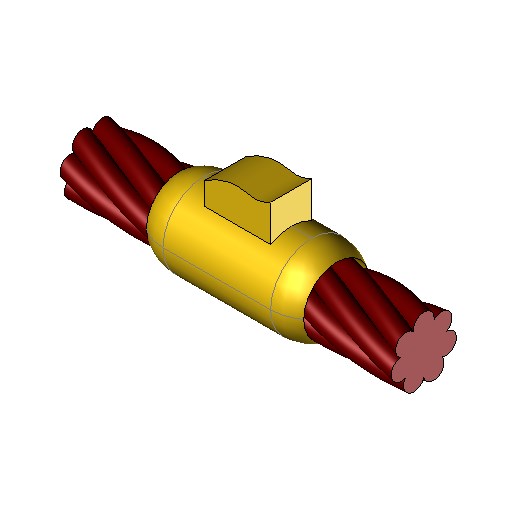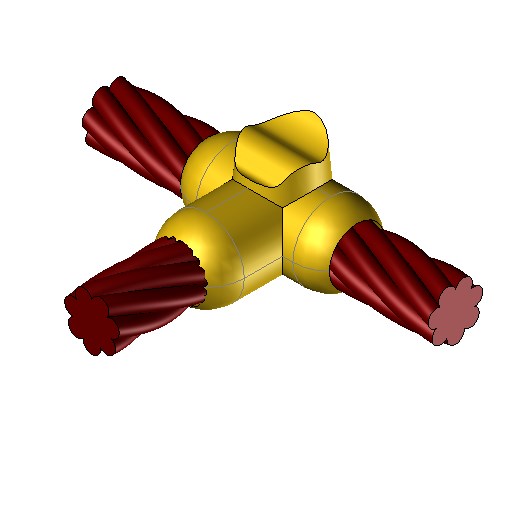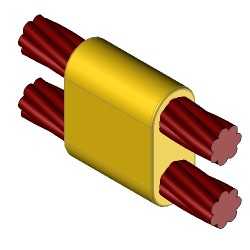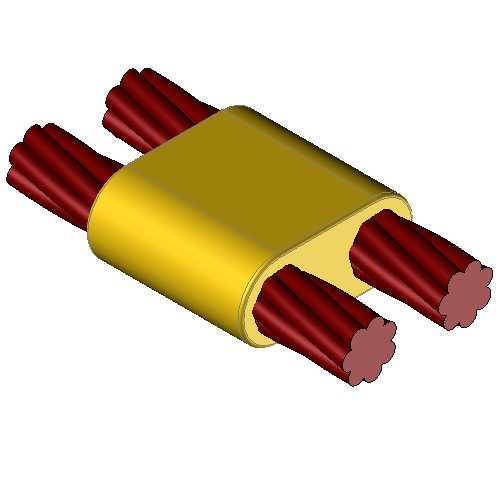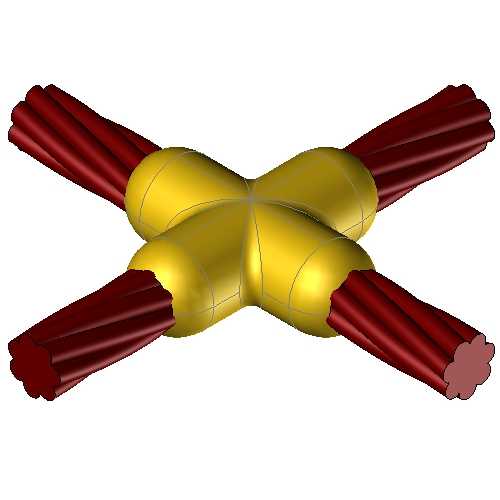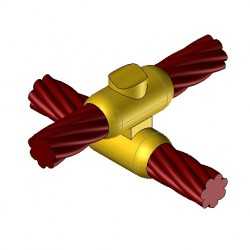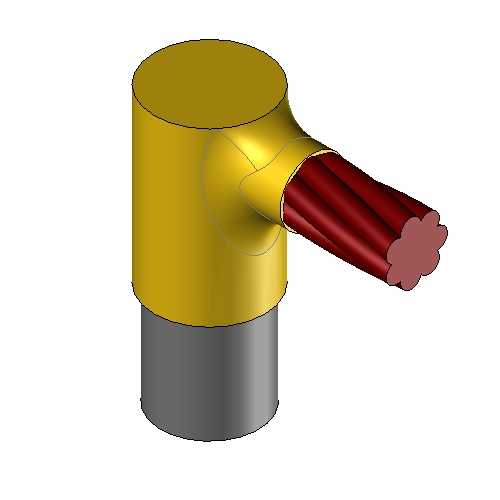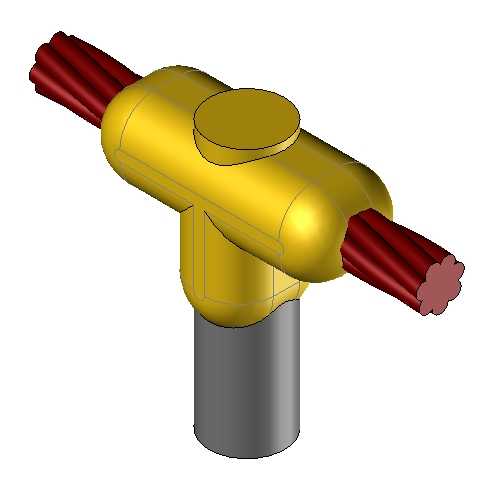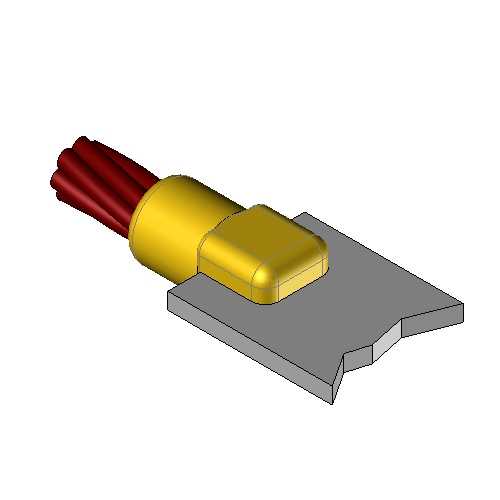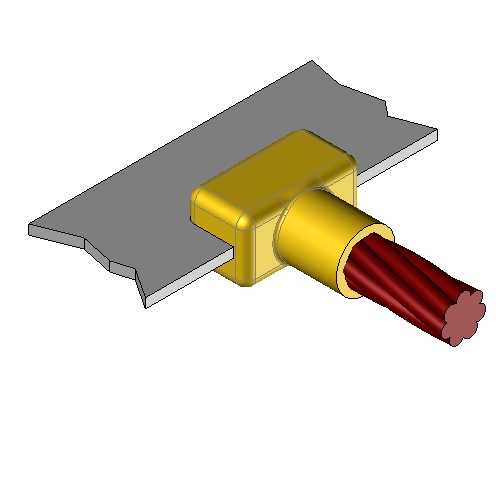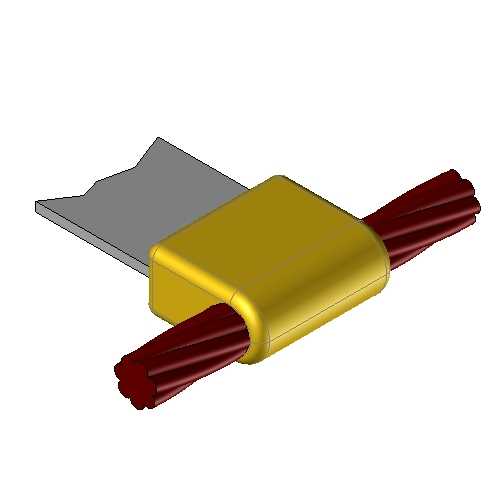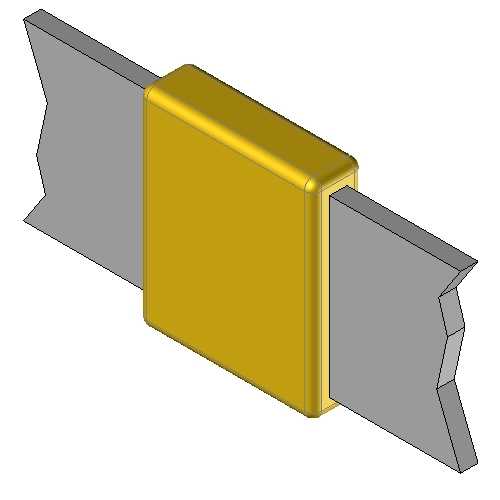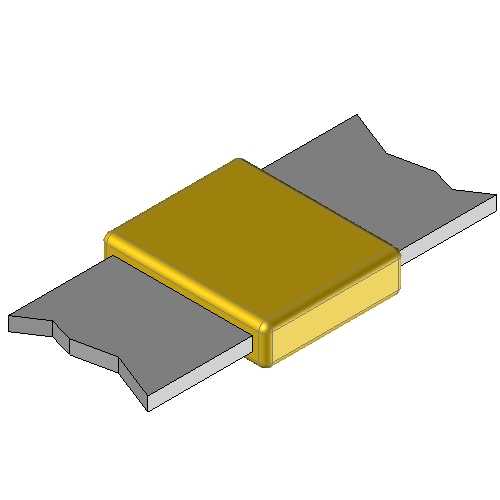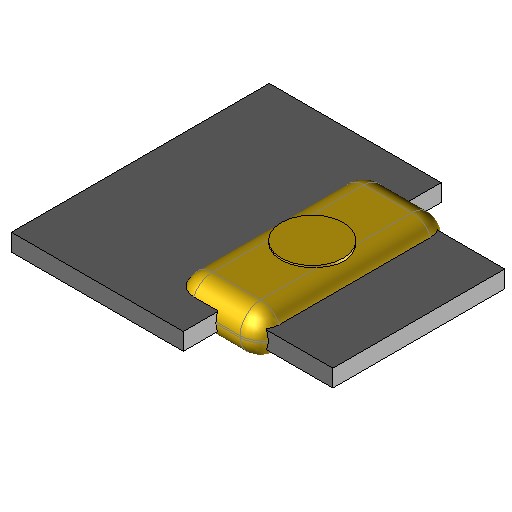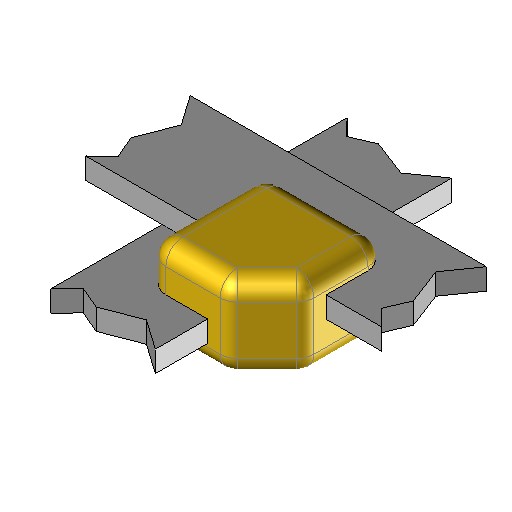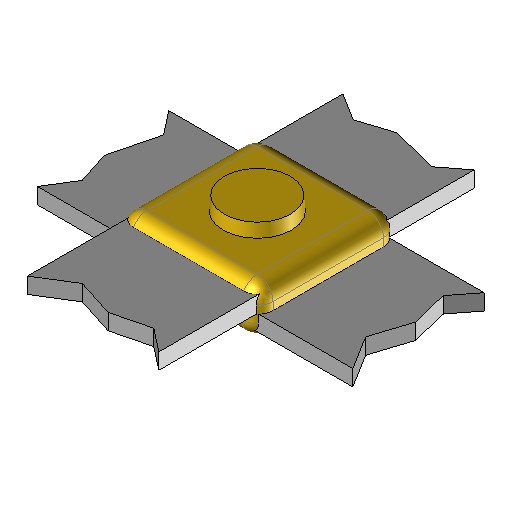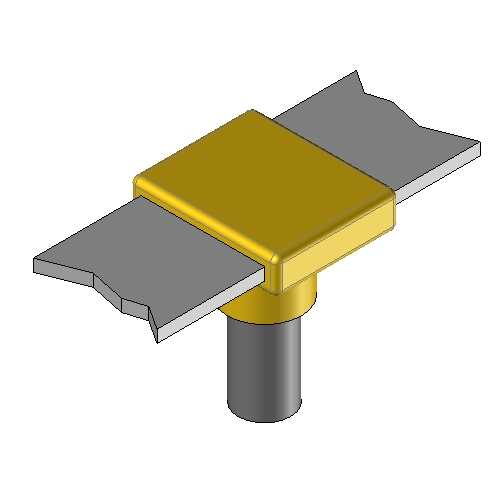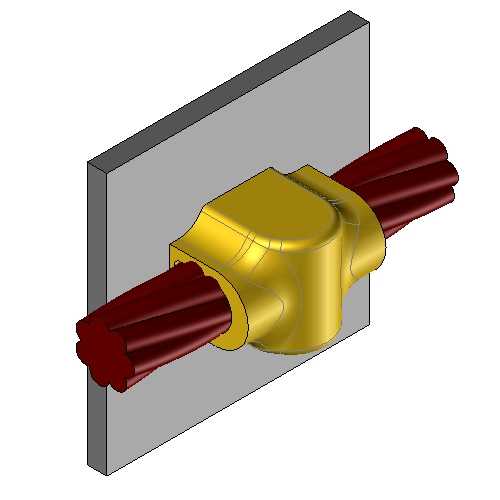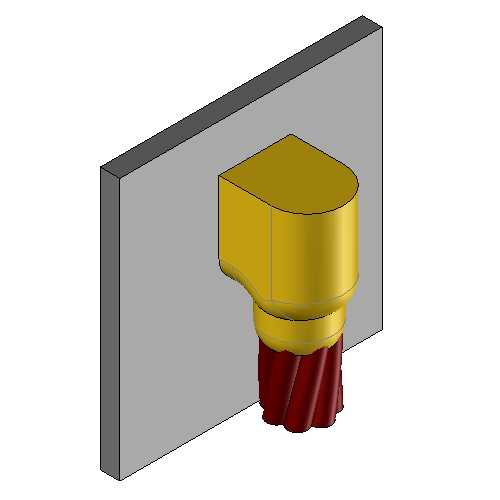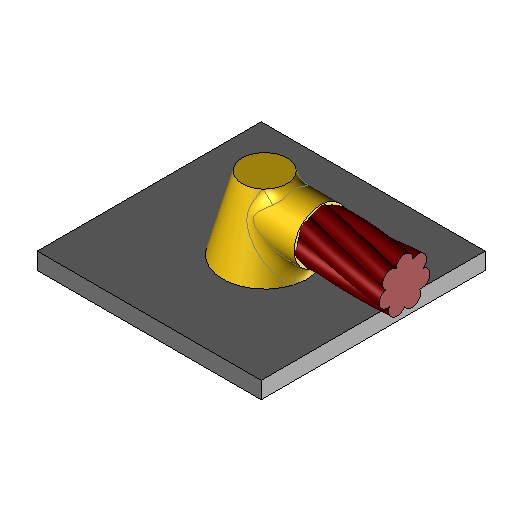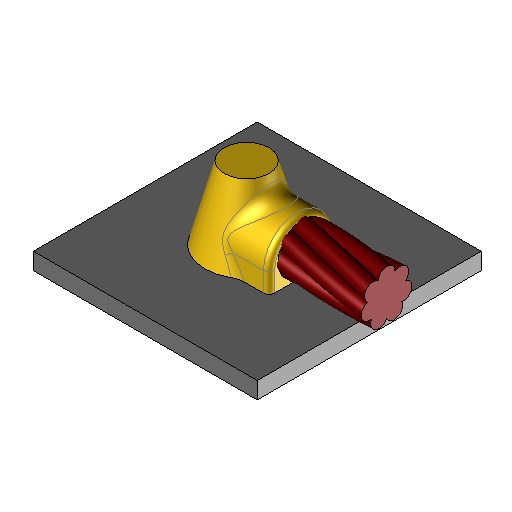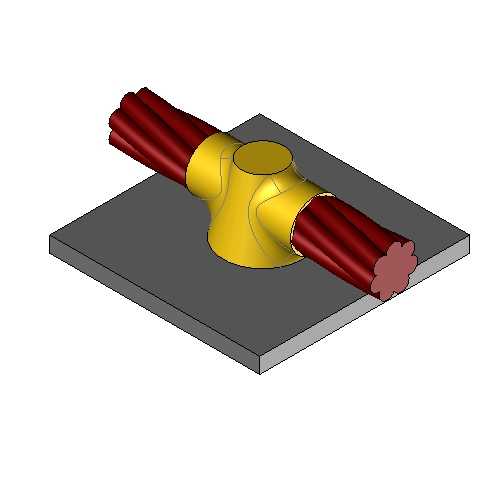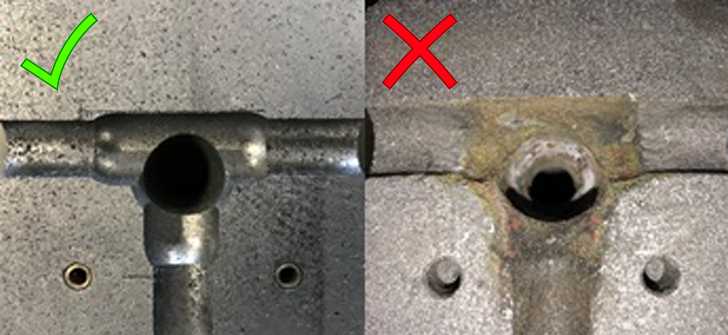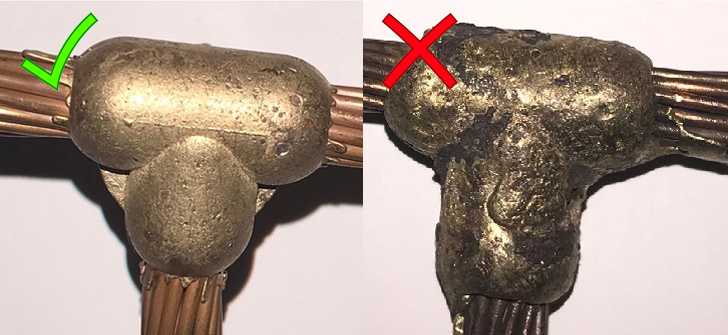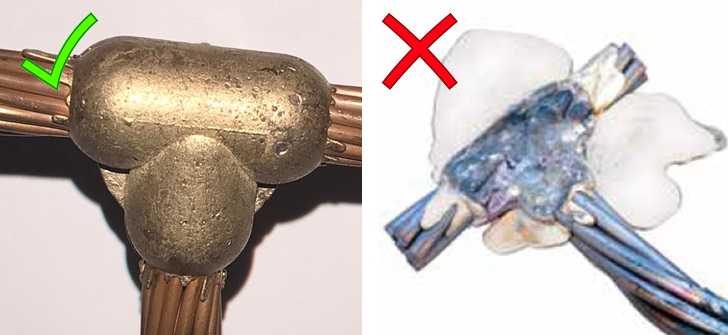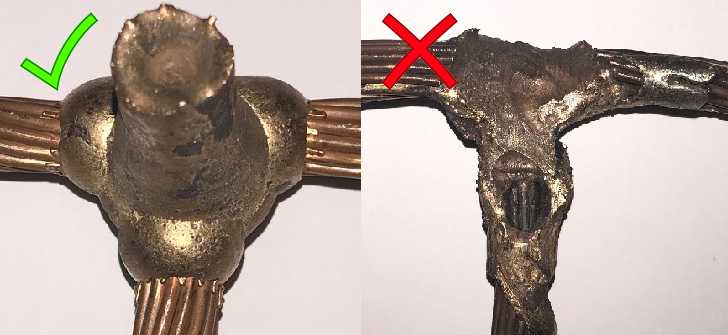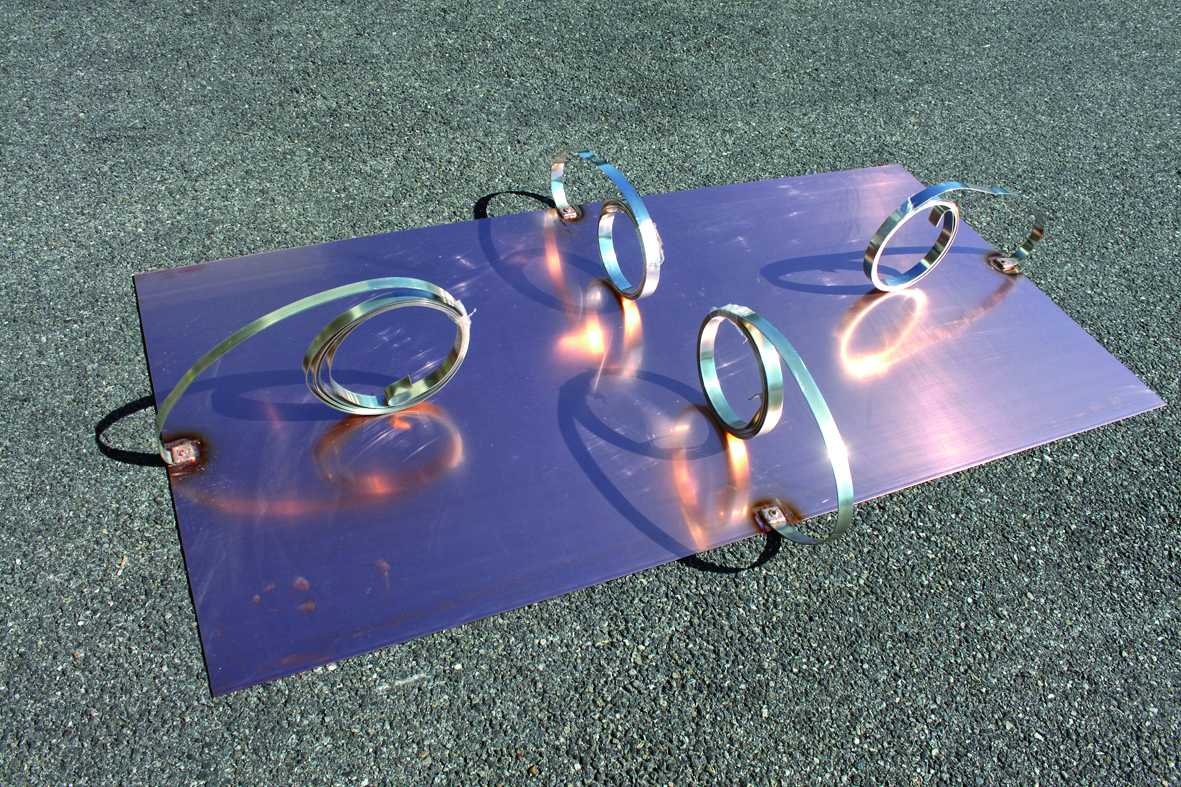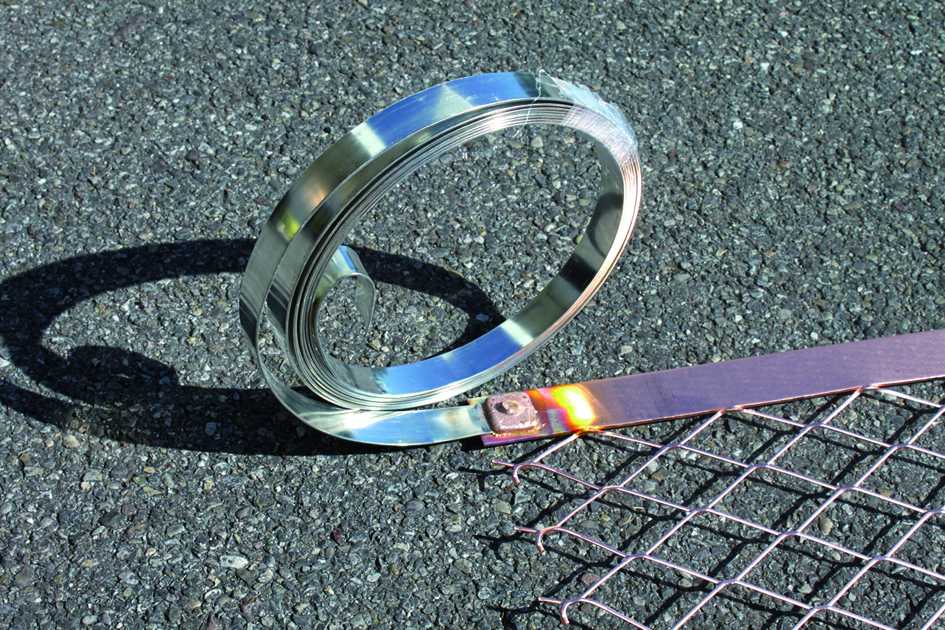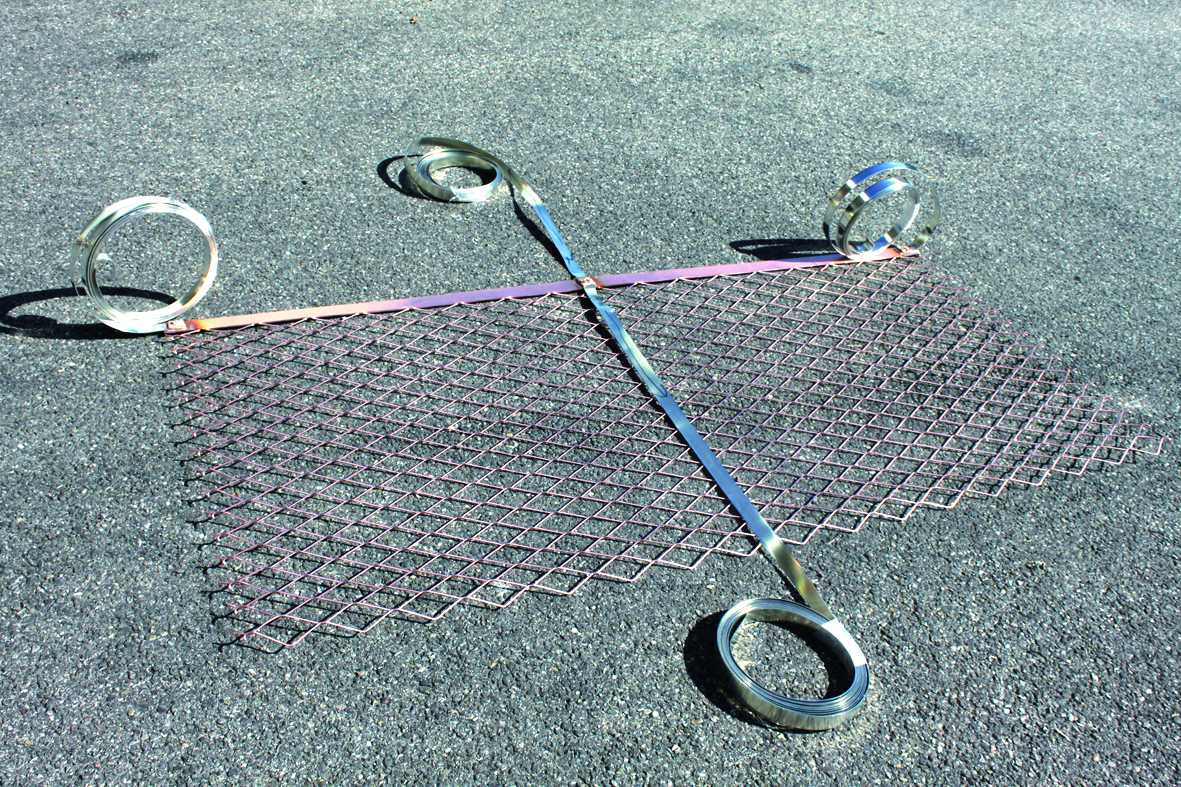Discover our welding process
What is the exothermic welding ?
Overview of the exothermic welding process
This autonomous process allows very high quality electrical connections between materials such as copper, copper alloys or steel.
Exothermic welding is particularly used in the realization of buried ground circuits in substations, power plants, for cathodic protection, in railways, for lightning protection, telecoms, etc., as it offers many advantages compared to crimped connections or traditional mechanical bolted connections.
As it is a molecular connection, the welded connection will not be affected by short circuit currents.
The process uses the high temperature generated by the reduction of aluminum into copper oxide. The reaction takes place in a graphite mold, machined to the dimensions of the conductors to be welded. It can typically be used more than fifty times under normal conditions of use. The reaction lasts only a few seconds and requires no external energy, which makes it a very convenient process on site.
The conductors are amalgamated in a completely homogeneous way, this method of welding thus presents exceptional overall properties such as:
- Unalterability
- Excellent mechanical strength
- Without porosity
- Excellent resistance to oxidation and saline atmosphere
Select your equipment
Discover the required equipment
Equipment required for welding
The implementation of exothermic welding requires at least the following equipment:
As well as individual safety equipment:
MALTEP offers you complete kits or customized kits to make your own. To do so, follow the order of the sub-categories included in the category customized kits below. In case you need specific equipment, go directly to the category of your choice:
Make your own welding
Understanding the welding procedure
Generic welding procedure
The execution of exothermic welding implies, on one hand, the use of personal protective equipement eand, on the other hand, the respect of the operating mode during the implementation.
WARNINGS ON THE EXOTHERMIC PROCESS AND THE MAKING OF WELDS
- Read and understand the welding instruction sheet provided before welding
- Avoid direct eye contact with the flash of light from the exothermic reaction
- Avoid breathing smoke concentrations from the exothermic reaction
- Avoid contact with hot materials
- Ensure air circulation to avoid smoke inhalation when working indoors
- Be aware of nearby personnel and conditions to avoid burns or fires
- Use only dry sand to control a fire resulting from exothermic welding
MALTEP strongly advises against the use of our equipment in rainy weather
• Use only MALTEP branded equipment and materials
• Do not weld materials other than those recommended by MALTEP
• Do not use broken or modified equipment in order to avoid any leakage of molten metal
• Ensure that the molds are free of moisture and contaminants to prevent ejection of molten metal
• Preheat the mold to 120°C before use to remove all traces of moisture
• Read and understand the welding instruction sheet provided
• Wear appropriate safety equipment such as welding gloves, safety glasses
• Take all precautions to avoid burns from sparks, slag and hot surfaces
• Avoid contact of hot molds with water and oil
• The powder consists of a starting and welding powder. When the welding process is started, the exothermic reaction reaches a temperature of 2200°C
• The starting powder ignites at a temperature above 300°C and the welding powder at a temperature above 500°C
• Do not use the mold if it exceeds 300°C to avoid auto-ignition
• Wait 5 minutes between welds
• When using 'mini-molds' or standard size molds requiring more than one cartridge per weld and the weld rate is less than 10 minutes, MALTEP recommends to use several molds in alternation to ensure that the mold working temperature is kept below 300°C, to avoid auto-ignition of the powder
The generic procedure for exothermic welding is as follows:
Operating procedures
Each type of welding has its own specificities!
A chaque soudure son mode opératoire
The realization of an exothermic welding is simple if it is carried out according to the respect of the safety instructions and the operating mode.
However, each type of welding has its own specificities depending on the required configuration and the characteristics of the conductor to be welded.
Click on the weld of your choice below, then discover the specificities of the corresponding implementation:
Cable to Cable
Cable to earth rod
Cable to tape conductor
Tape to tape conductor
Tape conductor to earth rod
Cable to steel surface
Check your welding
Make sure of the result of your welding
The characteristics of a high quality welding
A quality weld has the following characteristics:
- Integrity of the conductors
- A homogeneous welding body and side material
- A surplus of material that will depend on the dose of the filler metal
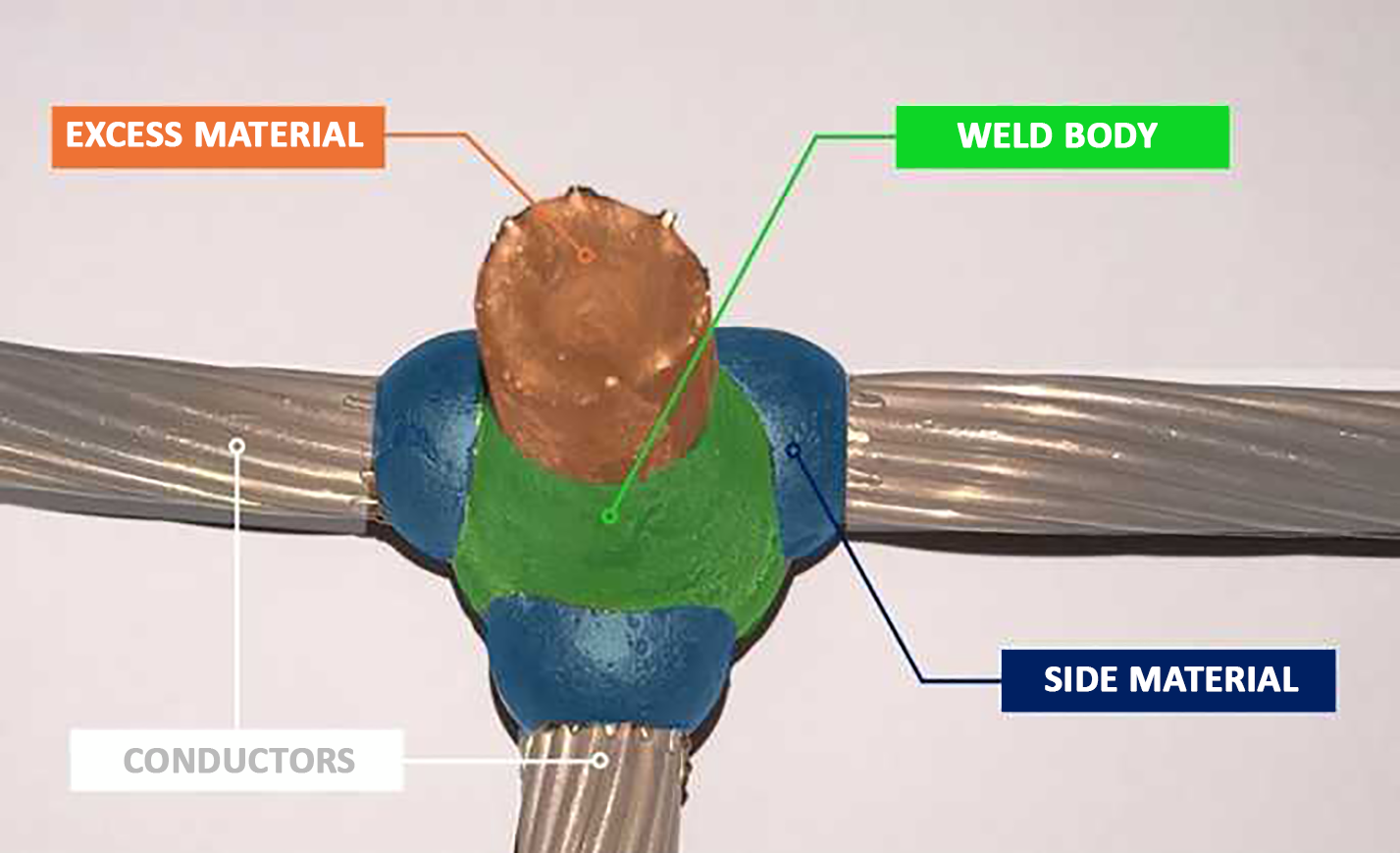
How to recognize a quality weld
A quality exothermic weld conducts more current than the conductors alone, because the weld cross-section is greater than the conductors. However, a failed solder joint can affect the integrity of the grounding circuit. It is therefore necessary to be able to detect a quality welding connection as soon as it is implemented.
Custom-made welds
Manufacturing of specific molds
Mould manufacturing on demand
Despite of a wide range of molds, you can't find the welding you need for your project! Contact us, MALTEP will make the mold adapted to your requirements.
Don't forget to indicate:
- Nature of the conductors (shape, composition)
- The dimensions of the conductors (diameter, section)
- The welding plane (horizontal, vertical)
- The number of welds to make
- Description of the type of connection to be made (cross, parallel, ...)


